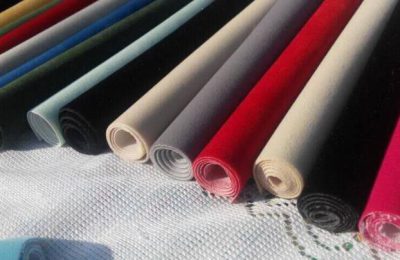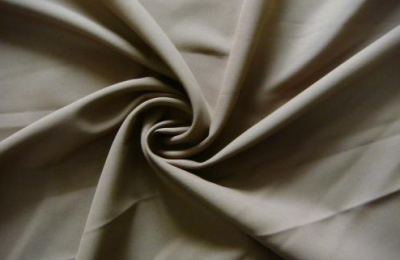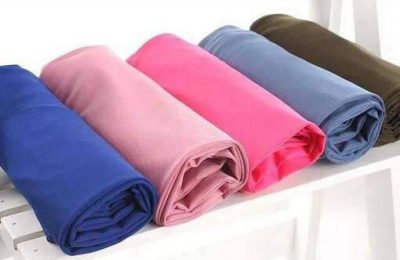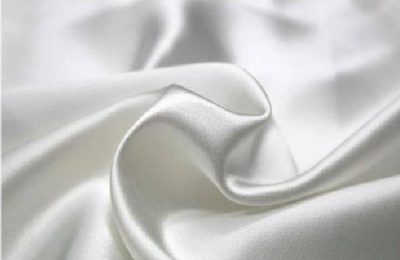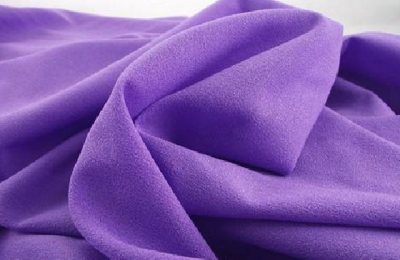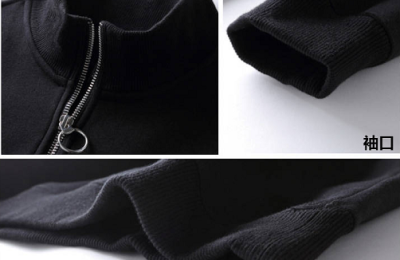The American company DuPont first used a uniaxial stretching method to produce a polytetrafluoroethylene microporous membrane, but the size of the micropores, the porosity and the strength of the membrane were not ideal.
In 1973, the American Gore Company successfully developed a polytetrafluoroethylene microporous membrane using biaxial stretching technology, marking that the industrial application of polytetrafluoroethylene microporous membranes was technically mature.
After more than 30 years of development, polytetrafluoroethylene microporous membrane, as a new membrane material, has been widely used in many fields such as electronics, chemical industry, medicine, military, aerospace, clothing, and environmental protection. .
The biaxial stretching process of the polytetrafluoroethylene film gives the film good void characteristics, but at the same time, the mechanical properties of the film have anisotropic characteristics.
This anisotropic characteristic will directly affect the composite of the film and the performance of the composite material.
?????The current production processes of polytetrafluoroethylene microporous membranes include calendering membrane method, turning membrane method and stretching membrane method.
The stretched film method can be divided into uniaxial stretching and biaxial stretching. Through structural analysis and actual measurement, only biaxially stretched film has a good microporous structure.
? New Material Technology Co., Ltd. is a high-tech enterprise specializing in the research, development and production of fluorine material film technology. The company adheres to the quality policy of “keep improving and strive for excellence” and continues to innovate in product research and development and production. , occupying a dominant position in the market with its unique and stable performance.
If you are interested, please enter the store to discuss.
</p



